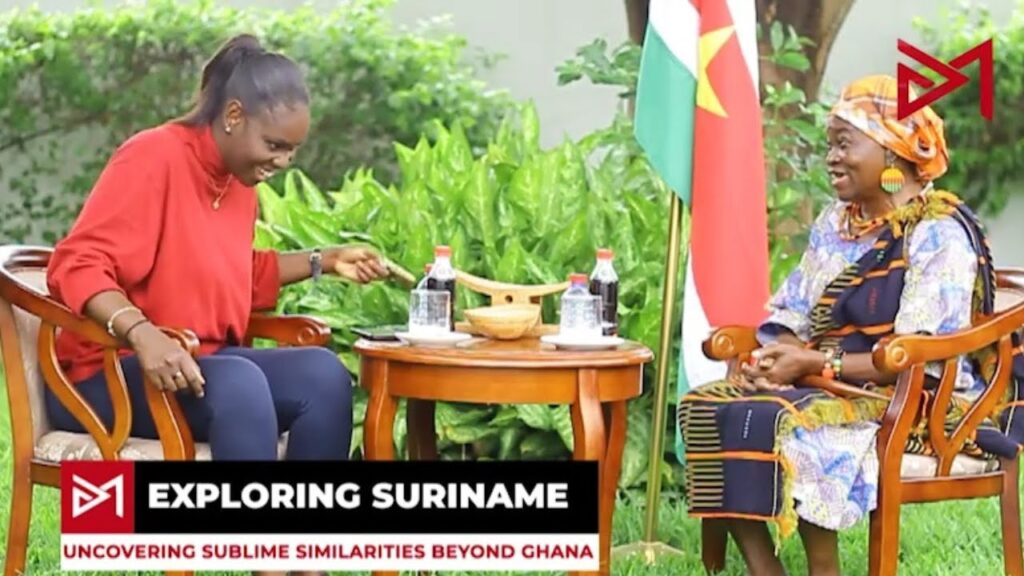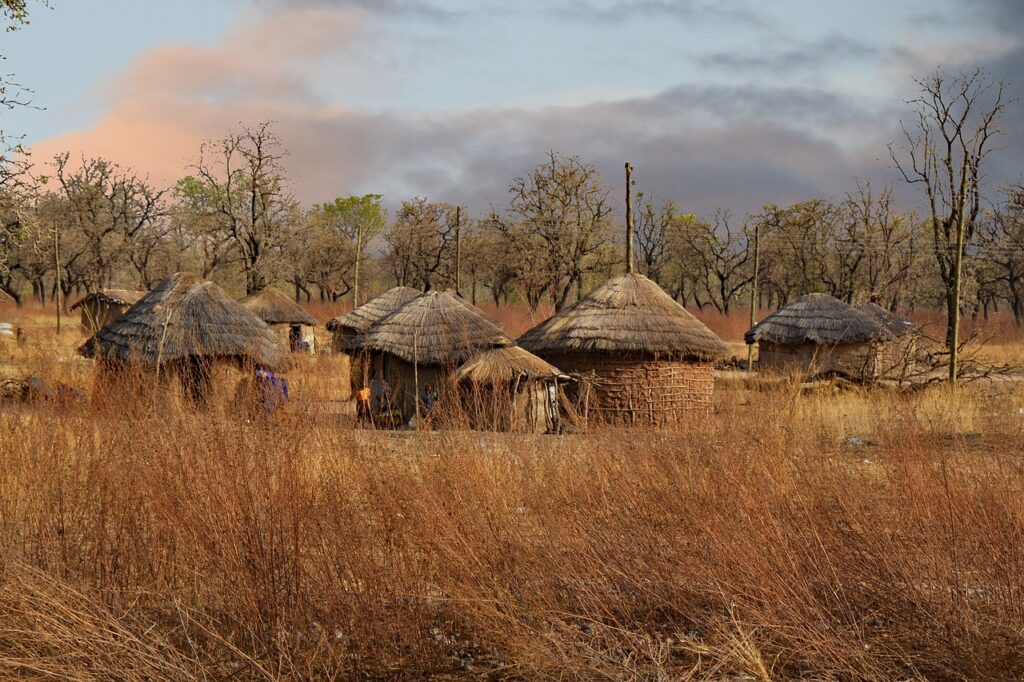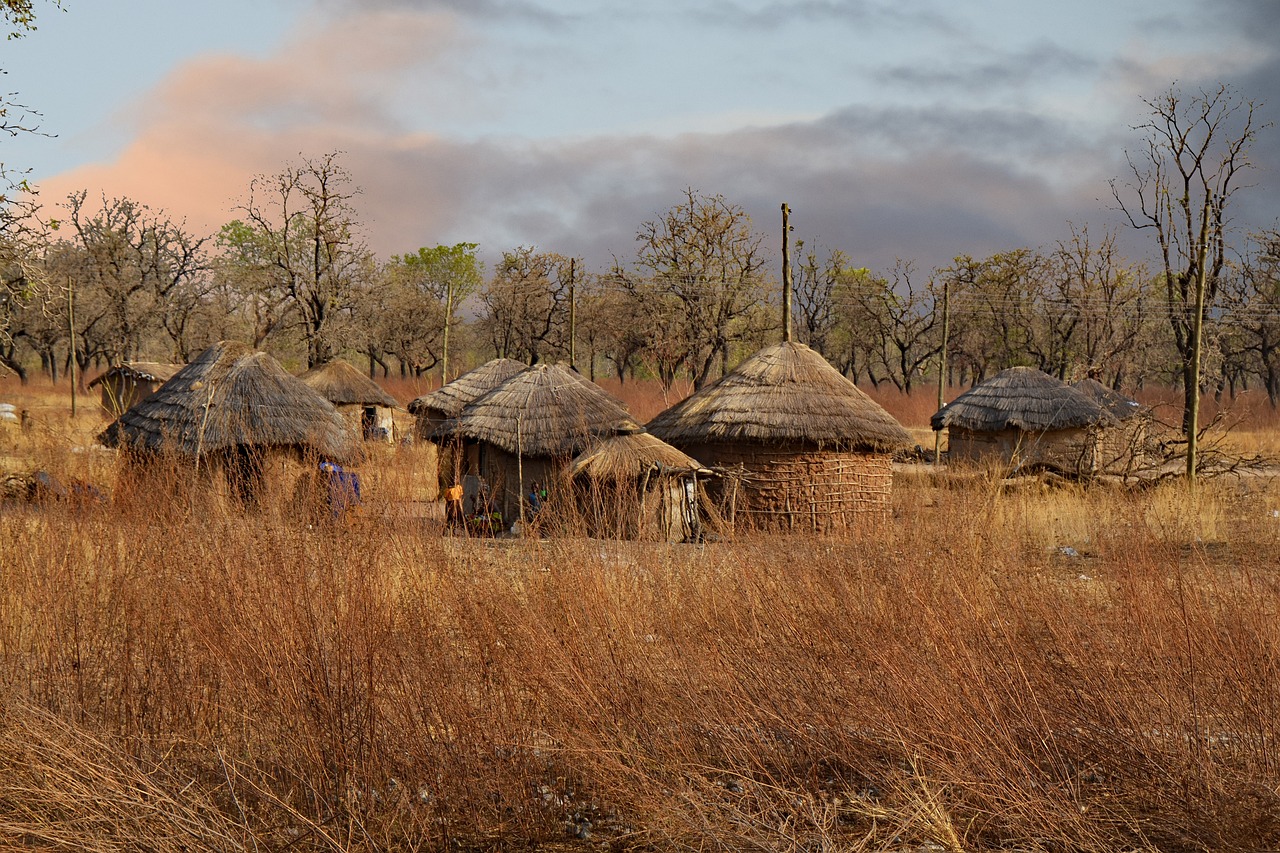The Sublime Suriname Culture is an article that explores the rich and diverse culture of Suriname, a small country in South America. The article highlights the similarities between Suriname and Ghana, particularly in terms of culture and language, through a conversation with the Suriname Ambassador to Ghana. It delves into the African communities in Suriname, their preservation of culture and traditions, and the connection between Suriname and Ghana.
In a captivating video by Dela Michel, the audience is taken on a journey to understand the complexities of Suriname’s cultural heritage. From the diverse population to the tribal African communities living in the jungle, this article showcases the unique aspects of Suriname’s culture and its ties to Ghana. The episode emphasizes the importance of cultural identity and the shared experiences between the African communities in Suriname and Ghana.

Best Deals to Surinam by BOOKING.COM
Overview of Suriname’s Culture
Suriname is a country in South America known for its rich and diverse culture. Despite being the smallest independent country in South America in terms of both size and population, Suriname is ethnically diverse with multiple religions, languages, and cultures. One of the interesting aspects of Suriname’s culture is its similarity with various African countries, particularly Ghana. The Suriname ambassador to Ghana, Fidelia Talon Grand, sheds light on these similarities in a video by Dela Michel. This article will explore the different facets of Surinamese culture, the similarities between Suriname and Ghana, and the significance of the Suriname ambassador to Ghana.
Suriname: The Smallest Independent Country in South America
Suriname, though small in size and population, boasts a rich and fascinating cultural heritage. The country covers an area of approximately 165,000 square kilometers and has a population of around 600,000 people. Suriname is known for its diversity, with various ethnic groups residing within its borders. These include the indigenous peoples, the Creoles, the Maroons, the Hindustanis, the Javanese, and the Chinese, among others. This diversity is a result of Suriname’s complex history, particularly its legacy of Dutch colonial rule.
Dutch colonial rule, which lasted from the 17th century until Suriname’s independence in 1975, has had a profound influence on the country’s culture. The official language of Suriname is Dutch, and many aspects of Surinamese society, such as education, administration, and law, have been influenced by Dutch customs and practices. The legacy of Dutch colonialism can be seen in Suriname’s architecture, cuisine, and even in the names of some towns and cities.
FIND YOUR BEST HOTEL IN SURINAM WITH BOOKING.COM
Exploring the Similarities and Differences: Suriname and Ghana
One of the most intriguing aspects of Suriname’s culture is its similarities with various African countries, especially Ghana. Suriname has both tribal and non-tribal African communities, with the tribal communities living in the jungle and establishing their own languages. These communities have managed to preserve their culture and traditions, including storytelling and the use of African cloth.
Storytelling plays a significant role in both Surinamese and Ghanaian cultures. Through stories, traditions, and legends, important values and lessons are passed down from one generation to another. The African communities in Suriname have their own unique stories, often centered around their fight against slavery and their journey to freedom. African cloth is another important cultural symbol in both Suriname and Ghana. The patterns and designs found on these cloths often have deep cultural, historical, and spiritual meanings.
Tribes in Suriname: Bonnie and Adu
Within Suriname’s African communities, two significant tribes stand out: Bonnie and Adu. These tribes played crucial roles in the fight against slavery and the preservation of cultural heritage.
The Bonnie tribe, led by the powerful warrior and leader Boni, actively resisted the enslavement of Africans by the Dutch plantation owners. Boni and his tribe fought against the oppressive system of slavery, using the dense jungles of Suriname as their base of operations. Their bravery and determination have become legendary, and they continue to inspire generations of Surinamese people.
The Adu tribe, led by the leader Adu, also made significant contributions to the fight against slavery. They, too, established their own communities in the jungle, where they lived in harmony with nature and preserved their African traditions and languages. The Adu tribe’s resistance and resilience provide valuable insights into the cultural identity and heritage of Suriname’s African communities.

Cultural Similarities: Names and Words
One fascinating aspect of the cultural similarities between Suriname and Ghana lies in the names and words used within the African communities. Many of the names used in Suriname’s African community have similarities with names found in Ghana. This indicates a shared cultural heritage and a connection that transcends geographical boundaries.
For example, the name “Bisato” is a common Surinamese name often found within the African community. It turns out that “Bisato” is also the name of a tribe in Ghana. This similarity suggests a link between the two cultures, as families in Suriname may have retained the names of their tribes or given their children names that are unique to their African heritage.
These cultural connections and similarities highlight the significance of cultural identity within Surinamese society. The African community in Suriname has managed to retain their cultural heritage and preserve their traditions, even after generations of living in a different country.
The Suriname-Ghana Connection
The Suriname ambassador to Ghana, Fidelia Talon Grand, plays a crucial role in highlighting the connection between the African communities in Suriname and Ghana. Her role as an ambassador helps foster cultural exchange and strengthens the ties between the two countries.
The ambassador emphasizes the importance of cultural identity and the value of understanding and celebrating one’s roots. With her deep knowledge and understanding of both Suriname and Ghana, she is able to facilitate meaningful conversations that bring out the similarities and differences between the two cultures.
The connections between Suriname and Ghana go beyond mere similarities in culture and language. They represent a bridge between the African communities in Suriname and their ancestral homeland in Ghana. This connection helps preserve and promote the rich heritage of both countries and strengthens the bond between the African diaspora worldwide.

Conclusion
Suriname’s culture is a fascinating and diverse tapestry woven with threads from various ethnic groups and historical influences. The similarities between Suriname and Ghana, particularly in terms of culture and language, highlight the deep connections and shared heritage of the African communities in both countries.
The rich history and cultural traditions of Suriname’s African communities, such as the Bonnie and Adu tribes, offer valuable insights into the fight against slavery and the preservation of cultural heritage. The Suriname ambassador to Ghana plays a crucial role in fostering cultural exchange, strengthening the ties between the two countries, and celebrating the shared history and heritage of the African communities.
Suriname’s culture is a testament to the resilience and strength of its people, who have managed to preserve their traditions and cultural identity despite the challenges they have faced throughout history. By exploring and appreciating Suriname’s diverse culture, we gain a deeper understanding of the complex tapestry that makes up this small yet vibrant country in South America.
